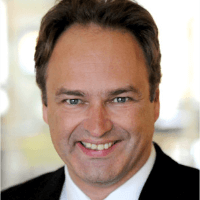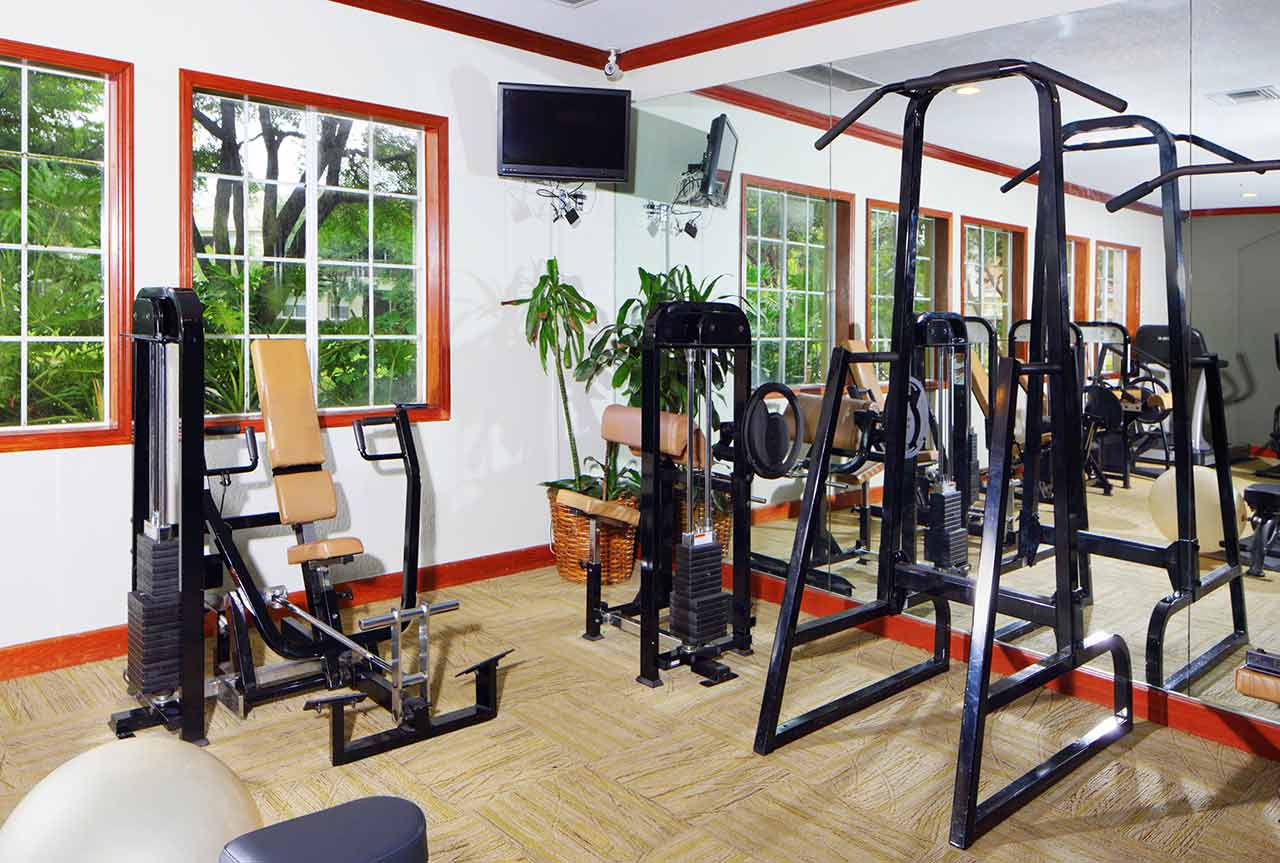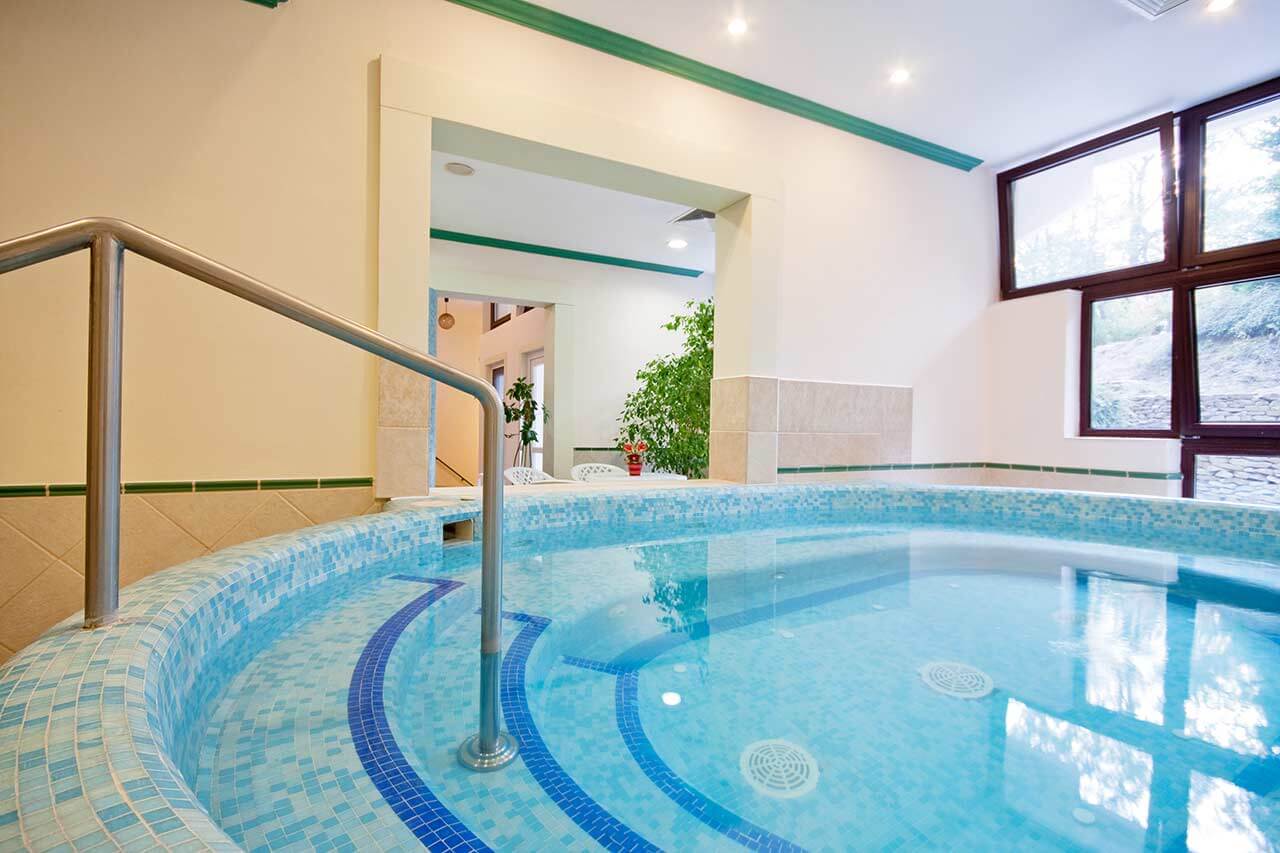
The program includes:
- Initial presentation in the clinic
- clinical history taking
- physical examination
- review of medical records
- laboratory tests:
- complete blood count
- general urine analysis
- biochemical analysis of blood
- indicators of inflammation
- indicators blood coagulation
- x-ray examination
- CT/MRI scan
- preoperative care
- hip replacement
- symptomatic treatment
- control examinations
- physiotherapeutic procedures
- orthopedic appliances
- the cost of essential medicines and materials
- nursing services
- full hospital accommodation
- explanation of future recommendations
How program is carried out
Preliminary preparation for hip replacement includes quitting smoking and drinking alcohol; cancelling non-steroidal anti-inflammatory drugs (diclofenac, ibuprofen); cancelling anticoagulants (warfarin); normalization of body mass, if possible.
Preoperative examination, including consultation with an anesthesiologist and necessary related specialists, takes 1-2 days. According to its results, the most suitable endoprosthesis is selected.
Hip replacement. The operation is performed under general anesthesia. The patient lies on his side, the affected leg is bent and fixed in this position. The surgeon makes an incision 15-20 cm long, minimally traumatizing the muscles and nerve endings. Through this incision, miniature instruments are inserted to remove the damaged joint structures. Healthy bone is adjusted for further reliable implant fixation.
The surgeon installs a femoral stem in the center of the upper part of the femur. Ball-shaped head of the joint is fixed on it. The surgeon also implants a special liner that facilitates movement of the leg and protects the structures of the prosthesis. After the primary fixation of the prosthesis components, the doctor assesses the joint range of motion, as well as the length and symmetry of the lower limb.
The implant is fixed with cement or cementless method. The doctor treats the operating field with antiseptics, conducts its final revision and sutures the wound layer by layer. A temporary drainage is installed in the joint, and a bandage is applied on top.
Postoperative care. During the first day after the intervention the patient stays in the intensive care unit, under round-the-clock medical supervision. After that, with a smooth course of the postoperative period, the patient is transferred to a regular ward and the drains are removed. The range of motion expands gradually, from light toes movements to walking. Walking with the use of walking aids is allowed in 3-5 days after the operation.
Required documents
- Medical records
- X-ray examination, MRI/CT scan (if available)
Service
You may also book:
 BookingHealth Price from:
BookingHealth Price from:
About the department
The Department of Sports Orthopedics at the Asklepios Hospital for Sports Injuries St. Wolfgang offers conservative and surgical treatment of all joint and spinal diseases and injuries. Both traditional and the very latest modern surgical methods are available for treatment, especially minimally invasive surgery. In addition, with appropriate medical indications, the department provides inpatient rehabilitation treatment. The Chief Physician of the department is Prof. Dr. med. Peter Angele.
Prof. Angele is a recognized expert in the field of sports orthopedics, in particular, regenerative joint surgery. He specializes in the treatment of arthrosis, cartilage lesions of joints and meniscuses, correction of congenital and acquired axial deviations, knee joint reconstruction, etc. In 2018, Prof. Dr. Angele once again was included in the rating of the top specialists in sports medicine, according to the FOCUS magazine. He has also received a recommendation from this prestigious journal. Thus, he is one of the most recommended specialists in Germany.
The department’s service range includes the diagnosis and treatment of the following diseases and injuries:
- Knee diseases
- Meniscus injuries
- Cruciate ligament ruptures
- Ruptures of the lateral knee ligaments
- Ligament instability
- Malpositions, dislocations and functional disorders of the patella
- Osteoarthritis and cartilage damage, including cartilage transplantation
- Knee joint replacement
- Ankle diseases
- Acute injuries
- Instability
- Ligament and tendon injuries
- Osteoarthritis of upper and lower ankle
- Endoprosthetics
- Spinal diseases
- Diseases of the intervertebral discs
- Spinal stenosis
- Instability of the vertebrae, including spinal fixation surgeries
- Instability of the vertebrae
- Degenerative changes in the vertebrae and osteoporosis
- Radicular syndrome
- Shoulder diseases
- Rotator cuff rupture
- Shoulder impingement syndrome
- Calcification and "frozen shoulder"
- Dislocations and instability
- Damage to cartilaginous tissue and arthrosis
- Shoulder joint replacement
- Hand diseases
- Diseases of the tendons
- Diseases of the nerves and connective tissue
- Injuries and consequences of injuries
- Damage to cartilaginous tissue and arthrosis of all hand joints
- Functional hand disorders
- Elbow diseases
- Diseases associated with overload (tennis elbow / golfer’s elbow)
- Degenerative diseases, arthrosis
- Functional disorders
- Elbow joint replacement
- Hip diseases
- Articular lip ruptures
- Osteoarthritis and cartilage damage
- Cartilage transplantation (arthroscopic interventions)
- Dislocations and dysplasia
- Hip joint replacement
Based on the results of primary diagnosis, the qualified orthopedists and surgeons of the department develop an accurate scheme for further treatment. The department offers the entire therapeutic spectrum. In case of less severe pathologies, it is often enough to use therapeutic gymnastics and physiotherapy procedures, which may be supplemented by elements of traditional Chinese medicine (moxotherapy, acupuncture, vacuum therapy, etc.) and homeopathy.
If the patient should undergo surgical treatment, there are two modern operating rooms available to surgeons of the department. The operating rooms are equipped with the latest technology, for example, there is neuronavigation, three-dimensional X-ray diagnostics and a mobile X-ray machine, a laser and first-class devices for artificial ventilation. One of the specialization areas of the department is ligament surgery, with a special focus on the anterior cruciate ligament (ACL) injuries. Thanks to surgeries performed in the department, many football and hockey players of the German and Russian leagues have managed to return to their previous level. In addition, the department has in its arsenal all options for the surgical reconstruction of the cartilaginous tissue, up to cartilage transplantation. In a number of cases, such surgeries are accompanied by a surgical correction of the limb axis.
Another important department’s focus is endoprosthetics. The experienced orthopedists and surgeons of the department accompany patients from the moment of surgery to discharge from the clinic and postoperative rehabilitation. Treatment is provided in cooperation with the surgeon who performs an operation for the patient and a therapist responsible for further treatment. All surgical interventions are performed by highly specialized surgeons, who enjoy international recognition.
Another key focus is spinal surgery. The specialized Spine Center successfully treats acute and chronic pain syndromes associated with the spine. It conducts facet joint and nerve root infiltration, as well as optic-guided sympathetic blockade. Due to the wide treatment options and the full range of physiotherapeutic procedures, pain syndrome may be rapidly reduced or completely stopped, and the patient will have a long-term remission.
Finally, the department also specializes in the subsequent rehabilitation and health restoration. The team of the department offers the optimal treatment of functional disorders after illness, injury or accident, which starts in the early postoperative period. In particular, the service range of the department includes osteopathy and craniosacral therapy.
Curriculum vitae
- 1987 - 1994 Study of Medicine at Ulm University.
- 1996 PhD thesis defense at the Faculty of Medicine of Ulm University (with honors "Summa cum laude").
- 1994 - 1995 Assistant Physician at the General Orthopedic Surgical Practice Straubing.
- 1996 - 1997 Assistant Physician at the University Hospital Regensburg, Department of Trauma Surgery.
- 1997 Additional qualification "Sports Medicine".
- 1997 - 1998 Internship abroad from the German research Foundation in the Department of Orthopedics, Case Western Reserve University, Cleveland, Ohio, USA.
- 1998 - 2001 Assistant Physician at the University Hospital Regensburg, Department of Trauma Surgery.
- 2001 Qualified Surgeon (Medical Specialist).
- 2004 Qualified Trauma Surgeon (Medical Specialist). Doctoral thesis defense in Surgery at the Faculty of Medicine of the University Hospital Regensburg. Obtaining the right to teach surgery and appointed as a PD at the Faculty of Medicine.
- 2001 - 2004 Senior Physician of the Department of Trauma Surgery at the University Hospital Regensburg.
- 2004 - 2008 Head of the Department of Trauma Surgery at the University Hospital Regensburg.
- 2006 Qualified Orthopaedician and Trauma Surgeon (Medical Specialist).
- Since 2008, Leading Physician of the Department of Sports Orthopedics at the Asklepios Hospital for Sports Injuries St. Wolfgang; Head of Regenerative Joint Surgery in the Department of Trauma Surgery at the University Hospital Regensburg.
- 2008 Appointed as a Visiting Professor.
Photo of the doctor: (c) Asklepios Klinik St. Wolfgang
About hospital
The Asklepios Hospital for Sports Injuries St. Wolfgang is a specialized medical facility for the treatment of orthopedic diseases and sports injuries, diseases of internal organs, cardiac pathology, urological diseases. In addition, the specialists of the hospital have a unique experience in the field of aesthetic medicine. The clinic is by right considered one of the best in Lower Bavaria, and also has an excellent reputation in Germany and far beyond its borders.
The clinic is a partner of the world-famous organization Sporthopaedicum (Association of Highly Specialized Orthopedists and Surgeons), which operates in four cities in Germany (Straubing, Berlin, Regensburg, Munich). Such cooperation promotes the use of new surgical techniques for the treatment of orthopedic pathology, as well as guarantees a successful outcome of therapy. Within the framework of this cooperation, there is provided not only surgical treatment, but also conservative therapy and rehabilitation for patients who have experienced orthopedic diseases.
It should be noted that the medical institution is also proud of outstanding achievements in the therapy of diseases of internal organs and heart – patients from different countries of Europe, Asia and the USA come here for treatment. Medical care is provided by highly qualified doctors, the best of the best in the area of their specialization. They have state-of-the-art equipment, innovative treatment methods and modern infrastructure, which facilitates a speedy and effective recovery of patients.
Photo: (c) depositphotos
Accommodation in hospital
Patients rooms
The patients of the clinic have at their disposal modern single or double patient rooms equipped with a bath and/or shower, hairdryer, radio, CD/DVD player, flat-screen TV with Sky-Konferenz channel package, minibar, safe, telephone and wireless internet. A bathrobe and towels are provided for free during the stay. All rooms also have a balcony or terrace.
Meals and Menus
If desired, patients receive three meals a day, either in the patient room or in the restaurant together with other guests of the clinic.
Further details
Standard rooms include:





